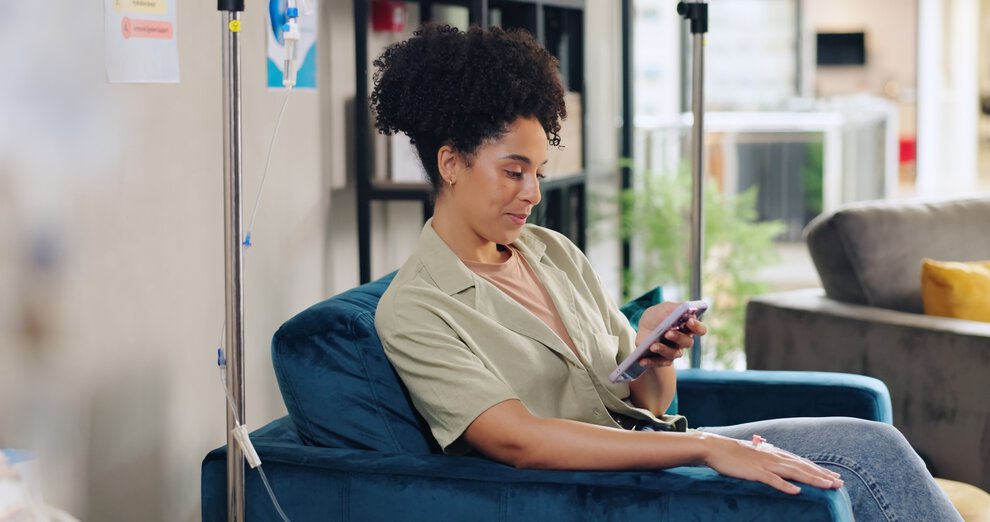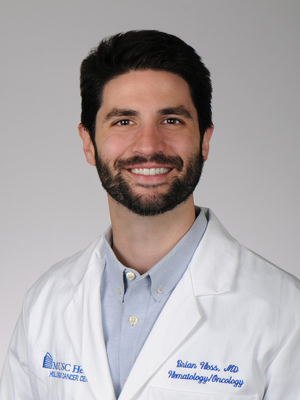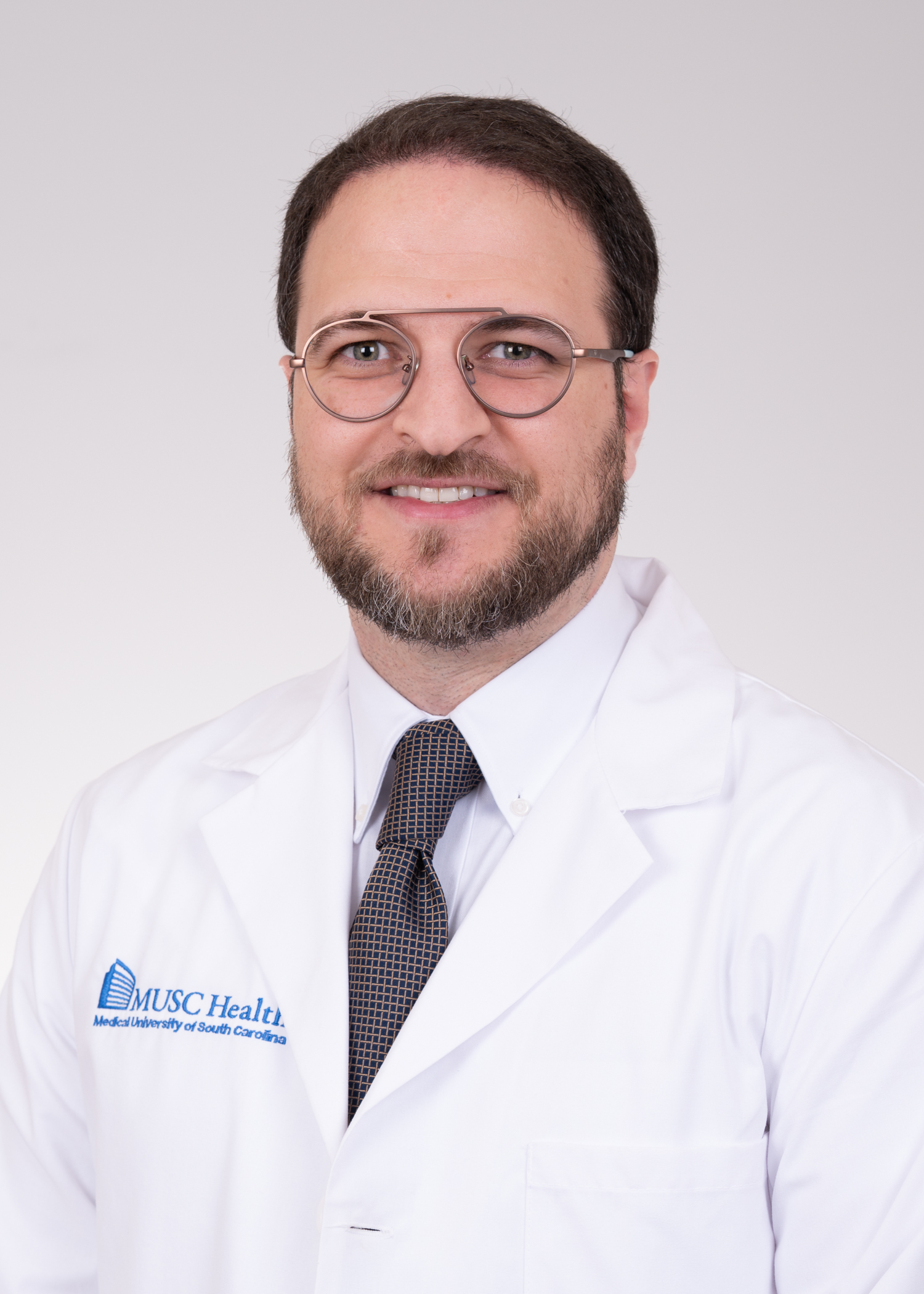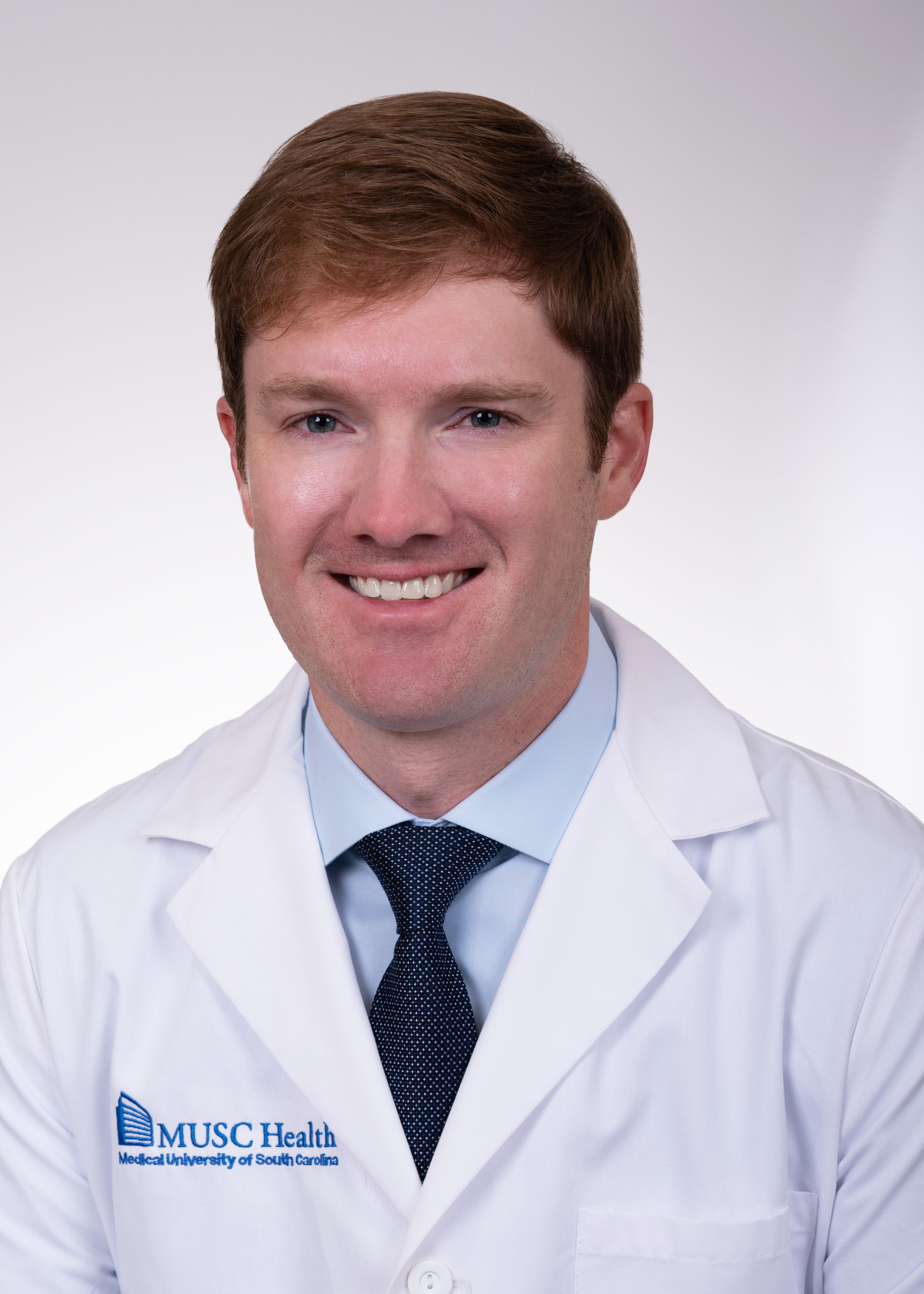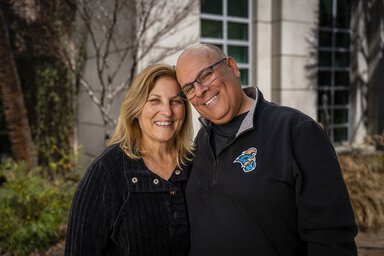MUSC Hollings Cancer Center has offered adult and pediatric CAR-T cell (Chimeric Antigen Receptor T cell) therapy since 2019. Our board-certified hematologist-oncologists have expertise in matching patients to the right therapy, managing side effects and monitoring progress. Not only are our physicians committed to offering the latest therapies, but they are also part of the scientific community working to improve CAR-T cell therapy and make it more accessible. We offer a number of clinical trials, including a trial of purified CAR-T cells developed by scientists here at Hollings.


